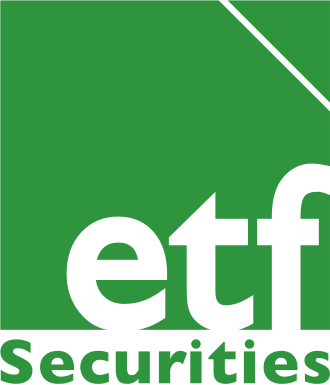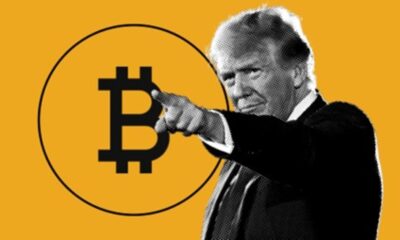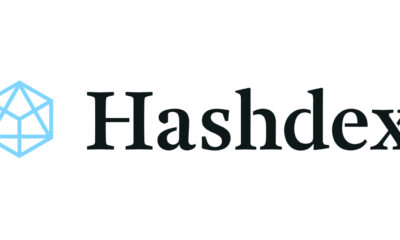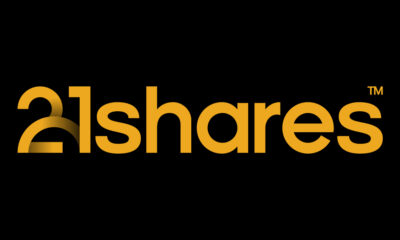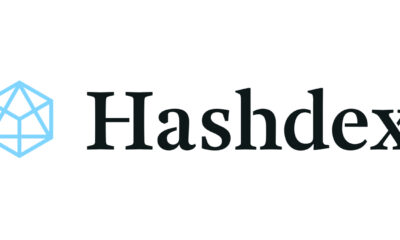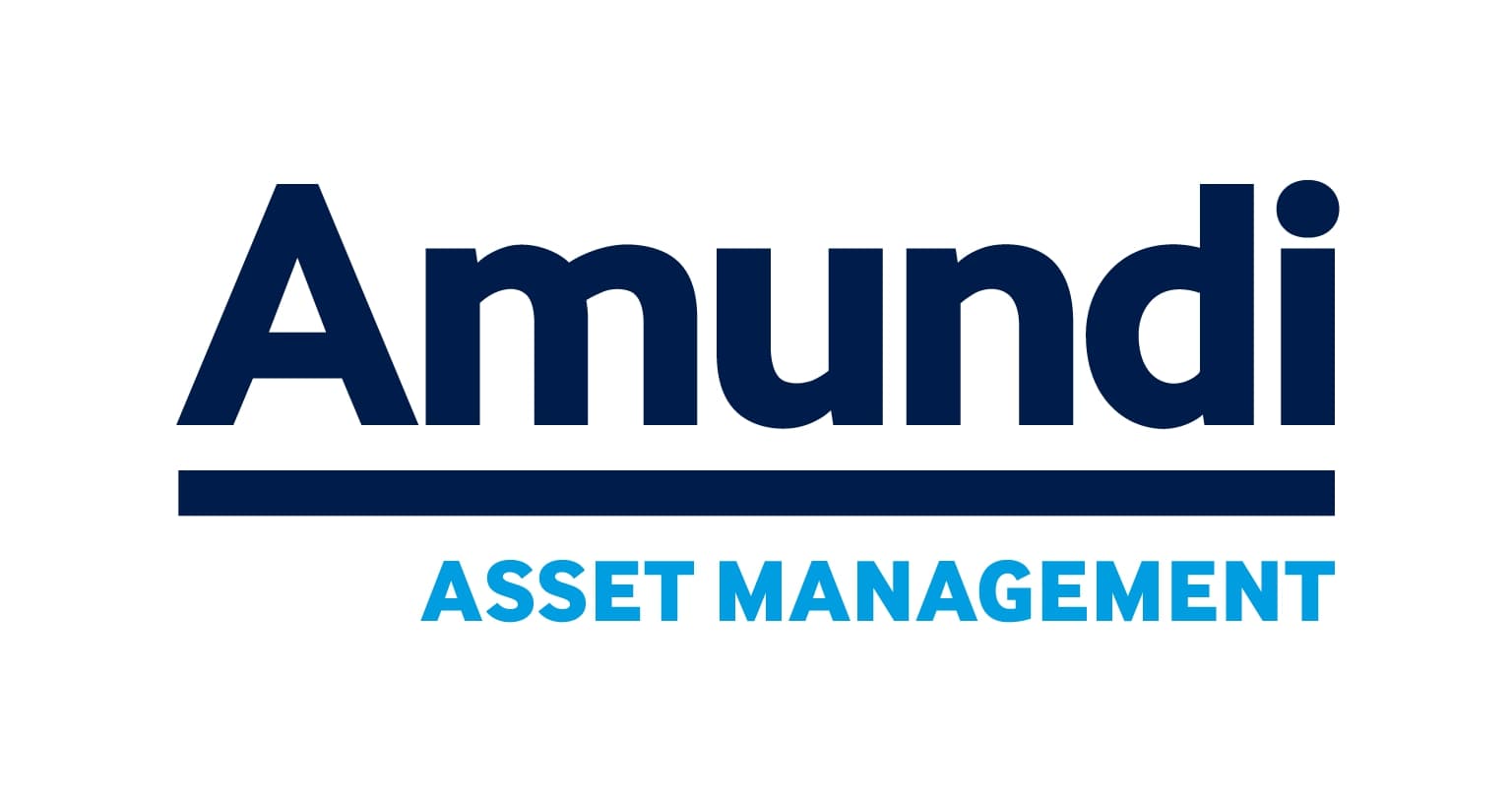The Trump Presidency makes the chance of a rate rise in the US more likely. Unlike Brexit, the election of Trump as the US President creates greater certainty for global markets because the framework is now known: the Republicans have won and have control of both Congress and the Senate. The stalemate that has been in effect for the past six years has been broken, and Republicans will be able to enact new legislation. Moreover, Trump’s acceptance speech went a long way to calm market jitters, not only in currency markets but across asset classes. The US Dollar: In Trump we trust.
The US has spoken: the populist pro-growth policies that Trump espouses, namely infrastructure spending, is good for the economy and jobs creation. One risk is that a more insular trade policy that Trump has been promoting takes some upside away from potential growth. Nonetheless, small businesses account for 50% of the working population in the US, and also accounts for 64% of all new jobs created according to the US Small Business Administration. Inferring from the election landslide, that the majority of employers will be buoyed by the result, consumer and business sentiment should be rising. That means businesses are more likely to hire. Job creation in an already tight labour market is likely to give further impetus to wage growth. In addition to hiking rates in December, the Fed could be forced to act in a more aggressive manner than the most recent projections indicate.
(Click to enlarge)
The US economy is already showing a solid recovery and with a more supportive fiscal stance, the recovery is likely to be further buttressed. Central bankers across the globe have been indicating that monetary policy alone cannot do all the ‘heavy lifting’ and that fiscal policy needs to lend a hand.
Trump has already stated his aversion to loose monetary policy and said that Yellen will be out of a job if he became President. Without a material change in the underlying fundamentals of the US economy, the Fed is likely to raise rates in December. Going into 2017, a further boost to wages could see a more hawkish Fed stance, in turn giving fresh upward momentum to the US Dollar. The US Dollar has initially experienced a knee jerk reaction down, but remains within its recent trading range. Although swap markets have reduced the chances of a rate hike to 51% from 78% in December, Fed Fund futures are virtually unchanged. Both markets retraced the moves leading up to the election declaration after the Trump acceptance speech appeared to calm market nerves. If the market begins to take the election result in its stride, the US Dollar could break to the upside of its range.
(Click to enlarge)
Martin Arnold, Global FX & Commodity Strategist at ETF Securities
Martin Arnold joined ETF Securities as a research analyst in 2009 and was promoted to Global FX & Commodity Strategist in 2014. Martin has a wealth of experience in strategy and economics with his most recent role formulating an FX strategy at an independent research consultancy. Martin has a strong background in macroeconomics and financial analysis – gained both at the Reserve Bank of Australia and in the private commercial banking sector – and experience covering a range of asset classes including equities and bonds. Martin holds a Bachelor of Economics from the University of New South Wales (Australia), a Master of Commerce from the University of Wollongong (Australia) and attained a Graduate Diploma of Applied Finance and Investment from the Securities Institute of Australia.
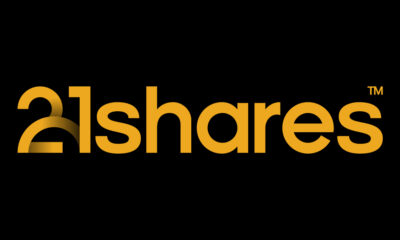
 Nyheter4 veckor sedan
Nyheter4 veckor sedan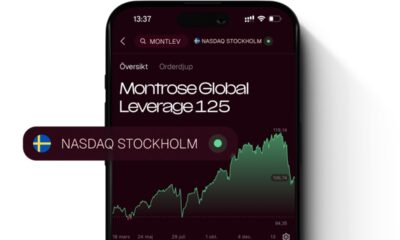
 Nyheter3 veckor sedan
Nyheter3 veckor sedan
 Nyheter4 veckor sedan
Nyheter4 veckor sedan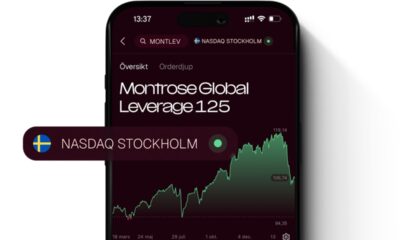
 Nyheter3 veckor sedan
Nyheter3 veckor sedan
 Nyheter3 veckor sedan
Nyheter3 veckor sedan
 Nyheter2 veckor sedan
Nyheter2 veckor sedan
 Nyheter3 veckor sedan
Nyheter3 veckor sedan
 Nyheter2 veckor sedan
Nyheter2 veckor sedan
